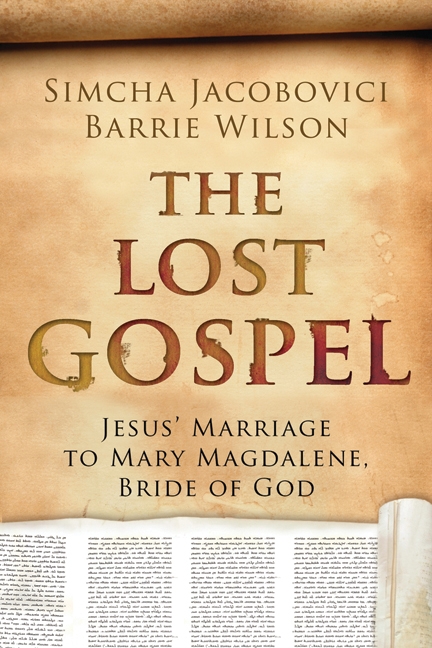|
|
|
For all our brokenness their is redemption, for all our hurt there is healing; may you know the comfort of Christ with you and for you wherever you are in your story. All is grace and we give thanks. Happy Thanksgiving to you and yours.
-Kimberly
0 Comments
 Looking forward to Fortress Press Round Table with general editors Gale Yee, Matthew Coomber, and David Sánchez (3 of the 6 editors of the Fortress Commentary on the Bible) along with Fortress Editors Neil Elliott and Scott Tunseth at the Fortress suite for an informal blogger roundtable at SBL on Monday (11/24) from 10:00-11:30am. More info on the newly released Fortress Commentary on the Bible is at the link above and numerous others on that page, such as an interview with the editors, what contributors have to say, and an online sample. If there is something you're interested in finding out about the process, the scholars involved, or the work of the contributors, feel free to join us. I will be reviewing this commentary on my blog following SBL, excited to see my former professor from Notre Dame, Hugh Page and talk with Gale Yee. If you have questions about the event, contact Emily Varner Last week I wrote a post regarding the most recent “Jesus baby-daddy” scandal to hit cyberspace. In my article I suggested that every now and again, media sensations like this one can be beneficial if they help us re-examine Jesus, take him for who he is according to the sacred writ.
In preparation for Advent, it seems important to discuss the world into which Jesus was born so that we might better understand the expectations that loomed and the liturgy upon which his life was read. Over the course of the next few weeks, I’ll feature a series of posts to aid pastors and seekers in their understanding of This Jesus who lived and breathed in human form and walked in the dust of Ancient Palestine. Jesus’ Birth We believe Jesus was born between 6-4 BCE. BCE, of course, means Before Common Era and bears witness to what we now know, Jesus was not born in 0 such that the definition of “Before Christ” is a historical. If we take the evangelist Matthew’s account to be credible, then the child Jesus was born within two years of Herod’s death. Since according to Matthew, Jesus is in danger of being one of the Hebrew boys under two who are murdered under Herod’s reign, and since the Roman record confirms the death of Herod in 4 BCE, or according to Josephus 37 years after the beginning of his reign. At the death of Herod, there is an enormous uproar in Palestine. Octavian and Marc Antony had placed Herod in his position over the Judean kingdom so that he functioned much like a puppet king. Upon Herod’s death, the Jewish people who had never wanted Herod for a king, revolted under the new reign of his son’s. There were uprisings in Judea, Perea and in Galilee where fighting was centered in Sepphoris and the leaders of the revolt were Judas and Zadok, who are the origin of the faction known as the "Zealots." Since the Roman garrison at Cesarea could not contain the multiple revolts, the Syrian governor then responded with some 18,000 Roman troops and put down the rebellion, crucifying some 2,000 rebels outside the walls of Jerusalem. It is into this world Jesus is born, where oppression and apocalyptic hopes burn fierce fires in the hearts of the Jewish purists who await a Messianic king who will reign as Simon Maccabeus who liberated the Jews from the tyranny of foreign kings or his brother Judas took back the Temple from the Gentile oppressors. In fact, it is Judas' act that is celebrated at Chanukah, when the Jews rededicated the Temple to God after it had been under the rule of Selucid kings and used as a pagan site of worship. Jesus’ entry into the world during a volatile political and socio economic climate changes everything about how we read his words and understand his mission. Jesus comes into the world to inaugurate the Kingdom of God which will challenge the rulership of the day and call his followers to live radically counter to culture to embrace a revolution of love and the reign of a spiritual world. Stay with us here as we prepare for Advent and get to know This Jesus...  It’s Monday and as I scan my Twitter feed and engage in some research before my baby wakes up again, I am alerted that there is now another “Jesus was married and had a couple of kids” scandal about the web. Once again, Simcha Jacobovici who is neither a Biblical Scholar nor Archaeologist, not a Theologian or Ancient Languages specialist-- but plays one on tv-- has set out to prove that an ancient manuscript is proof of Jesus’ other life and a fifth gospel. The manuscript Jacobovici is drawing from is an ancient papyrus of the apocryphal book of Joseph and Asenath, Jacobovici posits that Joseph and Asenath acts as an allegory for the relationship between Jesus and Mary of Migdol and that this is how it has always been understood in the Syriac. The authors of the “Lost Gospel” intend to hold a press conference later this week and unveil the names of Jesus’ and Mary’s children which is sure to stir controversy and hike book sales. While I am grateful to colleagues like Dr. Marc Goodacre who take to the airwaves to debunk flawed research, I am also, always grateful for any new conversation about Jesus. My challenge to the church is, rather than bashing this book from the pulpit and forbidding churchgoers to read it, let’s help congregations develop some much needed critical thinking skills and analyses tools to approach the question broached by the “Lost Gospel.” What if we used this Advent to talk about who Jesus really was and the world he was born into? What if we could give some time and space to Palestine under Herod, and thus, under Rome. What if we spoke of the uprising that occurred at Herod’s death and the rape, pillage and mass crucifixions with which Rome answered. What if our sermons helped people imagine the socio political landscape into which Jesus came so that his words and actions made sense in his own context such that, in turn, we could apply those meanings to our lives today? What if we could really understand the wonder of the illogical God who as an act of divine love chose to come to the world as a poor babe to an unwed teen in a small no consequence village during a time of political oppression? What if we, dare I say it, read from the Apocrypha, from Joseph and Asenath and talked about how communities might have understood this text to have been code for Jesus and Mary and asked, why or why not? What if we just allowed ourselves to look at Jesus with fresh eyes, to survey literature from his time period and tried to understand who he was in flesh and blood terms so that the gift of his flesh and blood could astonish us again? What if, a generation of Christians who believe they know everything about Jesus learned they know nothing about Jesus; what if we were confronted by the man who preached against wealth and modeled the radical love of the poor and needy? What if thousands of women and men who have vowed to follow Jesus bumped into him, into love incarnate, and learned he was leading us in an entirely different way; what if we were converted to the following of this one who never owned a home and never rushed anywhere and gave over his life for the good of others? Well, then this Advent we’d welcome Jesus with bruised and humble open arms and the media circus of the “Lost Gospel” would have been well worth the trouble. |
Subscribe Today for Free GiftBLOG
Archives
June 2019
Categories
All
|



 RSS Feed
RSS Feed